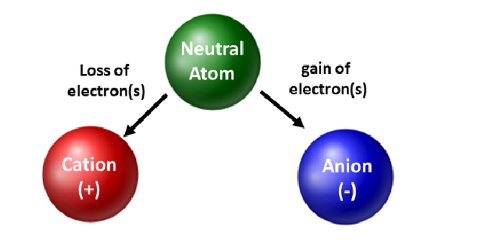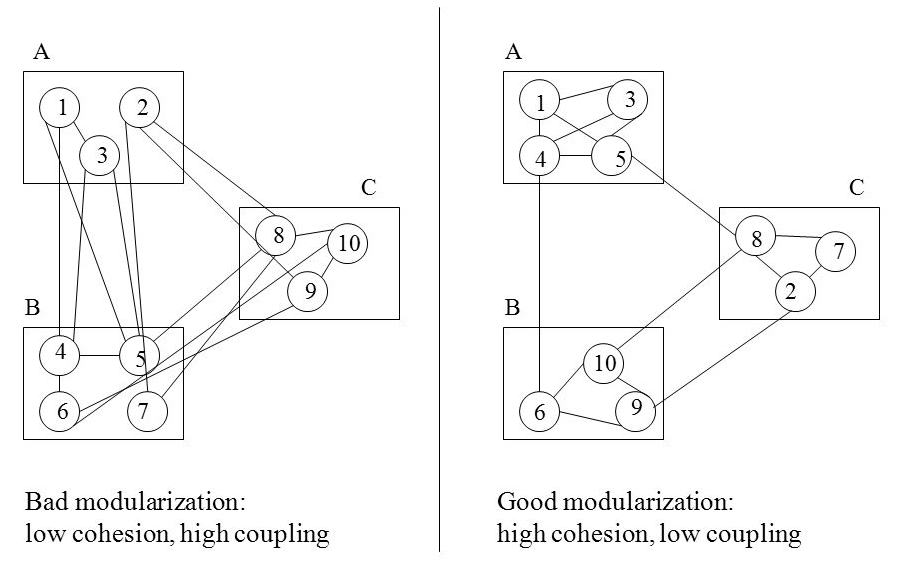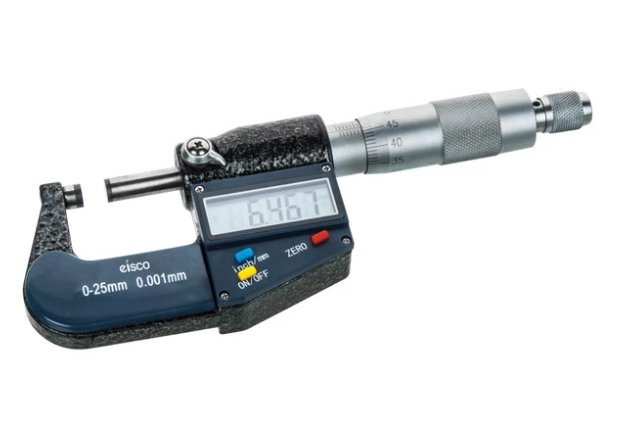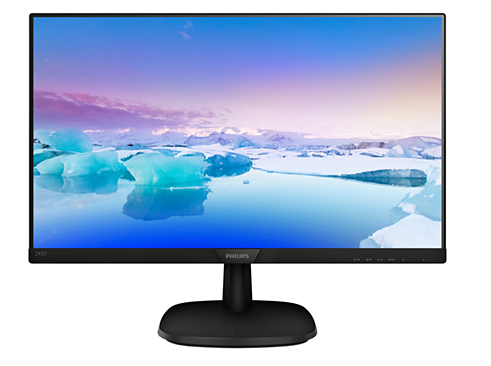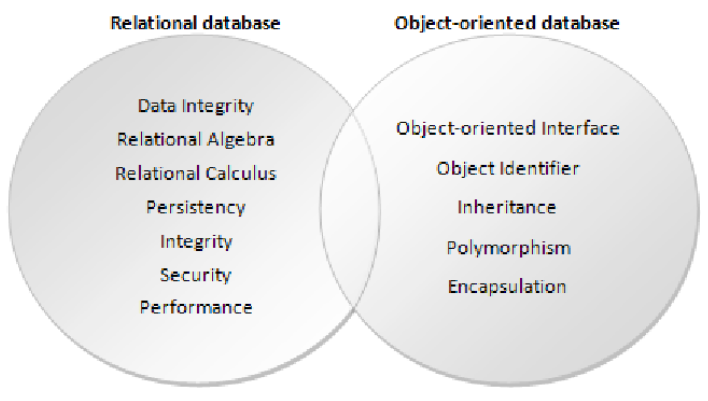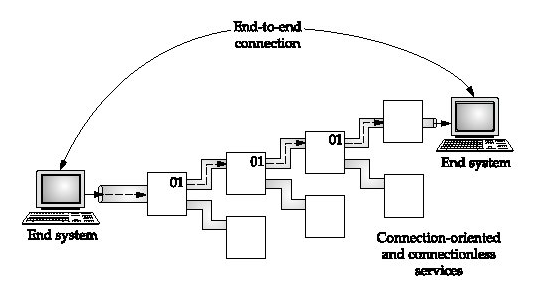10 Differences Between Cations And Anions With Examples
In Chemistry, anions and cations are both ions. Ions are atoms or molecules which have gained or lost one or more valence electrons, giving the ion a net positive or negative charge. Therefore, the main difference between a cation and an anion is the net electrical charge of the ion. A negative charge is as … Read more
